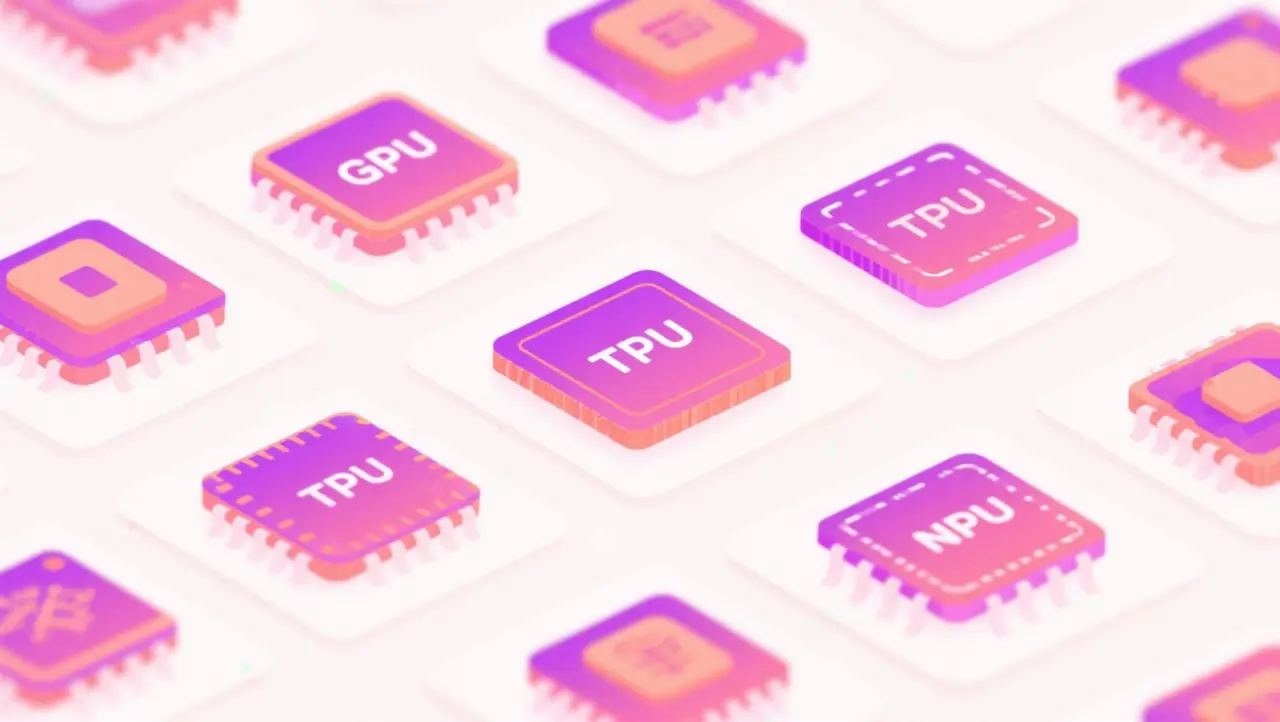Importance of Accelerators Market Landscape
The Accelerators Market Landscape refers to the ecosystem of specialized hardware designed to speed up artificial intelligence workloads. These include GPUs (graphics processing units), TPUs (tensor processing units), FPGAs (field-programmable gate arrays), and custom AI chips developed by companies for specific tasks. Its importance today lies in the fact that AI models, especially large-scale ones, require immense computational power that general-purpose CPUs cannot deliver efficiently.
For social innovation and international development, understanding the accelerators market matters because access to hardware determines who can build, train, and deploy AI systems. Mission-driven organizations that lack access to affordable accelerators risk being left out of the AI revolution, limiting the potential for transformative applications in health, education, and humanitarian response.
Definition and Key Features
Accelerators are designed to handle the matrix multiplications and parallel computations central to AI training and inference. GPUs, pioneered by NVIDIA, remain dominant, while TPUs developed by Google provide optimized performance for deep learning. FPGAs and custom chips like Apple’s Neural Engine or AWS Inferentia offer tailored solutions for specific workloads. The market is highly competitive, with advances measured in processing speed, energy efficiency, and cost-effectiveness.
This is not the same as general hardware supply, which includes CPUs and storage. Nor is it equivalent to cloud infrastructure alone, though accelerators are increasingly delivered through cloud services. The accelerator market specifically describes the hardware engines that power AI performance.
How this Works in Practice
In practice, accelerators are deployed in data centers, cloud platforms, and increasingly at the edge. They enable faster training of large models, real-time inference on mobile devices, and scaling of AI applications across sectors. Cloud providers often rent access to accelerators by the hour, lowering barriers for smaller organizations. Hardware efficiency gains also affect the environmental footprint of AI, making accelerators central to sustainability debates.
Challenges include high costs, limited global availability, and rapid hardware cycles that make infrastructure investments quickly outdated. Supply chain vulnerabilities, tied to semiconductor manufacturing, further complicate access. Organizations must balance on-premise investments with cloud-based solutions to stay agile.
Implications for Social Innovators
The accelerators market shapes the reach of AI in mission-driven contexts. Health initiatives rely on GPUs and TPUs to train diagnostic models that detect disease from imaging data. Education platforms use accelerators to power adaptive learning systems at scale. Humanitarian agencies depend on accelerator-enabled cloud services to process satellite imagery for crisis mapping and early warning. Civil society groups advocating for equitable AI must grapple with the affordability and accessibility of this hardware ecosystem.
By navigating the accelerators market landscape, organizations can align investments, partnerships, and strategies to ensure AI remains accessible and impactful across diverse global contexts.







